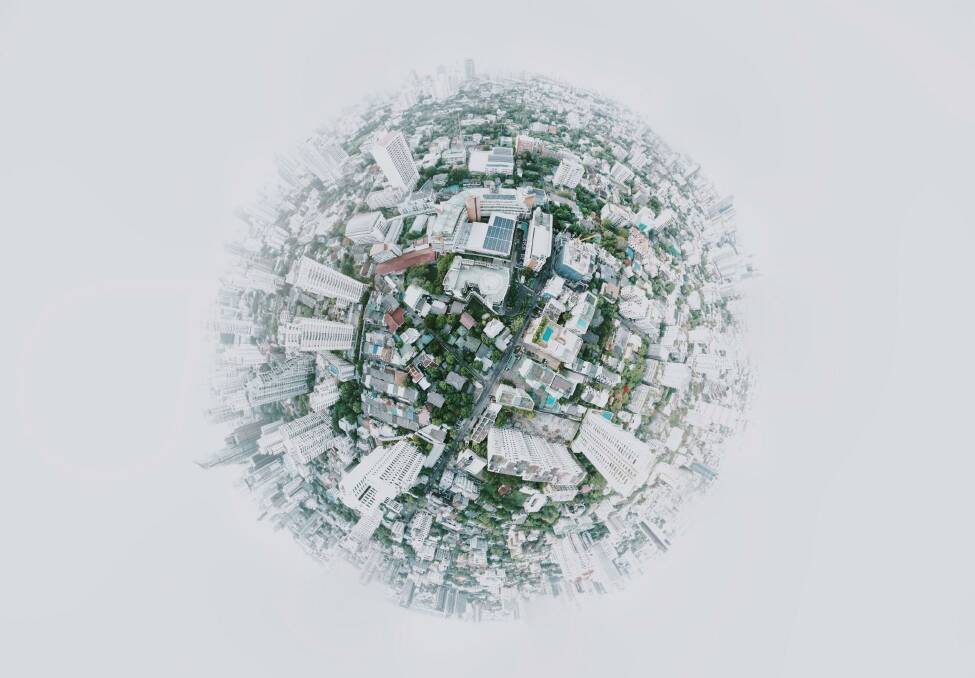What does future city planning look like

This is branded content.
If we cast our mind back one or two decades, the technology and norms of that time will seem totally foreign to the reality we are living in. Future city planning is something on the minds of many professionals and communities at large, as populations are growing and the needs of individuals are also evolving.
Whether you work in the industry or are thinking about making a seachange to another city that offers more, let's discuss what the future of city planning looks like, and what those critical areas of focus will be. Let's get into it.
Environmental lens
With the threat of climate change looming and the increased focus on sustainability, city planning is going to undoubtedly have an environmental lens in the future. Now, this doesn't just mean putting reusables and solar panels to work, although that will be the case, it's also about protecting cities against environmental disasters.
Dilapidation survey methodology is one such innovation that is allowing city planners, developers and engineers to assess what areas and environments are at threat of natural disasters. In addition to its safety capabilities, dilapidation survey methodology actually allows the relevant parties to inspect sites and assets from a computer desktop, without having to visit the site.
Inclusivity and accessibility
With each year that passes our cities are becoming more inclusive and accessible to those with visible or invisible disabilities and impairments. Now, this doesn't just mean ramps for wheelchairs, it means environments for those who are deaf, have diminished eyesight, require detailed wayfinding, and those who require low sensory environments.
It is no longer responsible to just design space and assume that every individual in the community can use it in the same way. This is not inclusive and a lot of the time, it will reduce the social interaction and sense of community of those who have accessible needs that are not being met. Typically there is a national disability strategy that will govern a city's approach so start there if you are curious to see what's on the agenda.
Facelift to commercial properties
No one could have predicted that commercial properties would have an unstable future following the global pandemic. With so many still working from home all around the world, cities are starting to see collaborative workspaces instead of more traditional office formats.
Companies that normally rented many floors of a central building have now reduced those floors and have placed their employees in charge of their flexible work arrangements or co-working environments.
This really does align with population growth and it also places greater importance on connectivity as more people are at home and conducting their work in that environment. This social movement is also supported by the growth of the share economy. It is fair to say we will never go back to what it once was.
Efficient public transport
The Tube, the Metro - or whatever you want to call it, used to be only found in a few places around the world. Now we are seeing cities like Melbourne invest in large-scale tunnels that will have its residence on the other side of the city in an incredibly short amount of time.
This affords city planners to expand spaces that were typically taken up by roads and focus on better managing space. Does this mean that the humble bus route will one day be replaced with something else? It's hard to say, but efficient public transport is absolutely the future.
~
Did any of these insights surprise you, or perhaps you think there is something missing in this round-up? Participation in city design and representation is critical to a more inclusive and safe community for all, so look to see if your local council or government is taking on volunteers.


